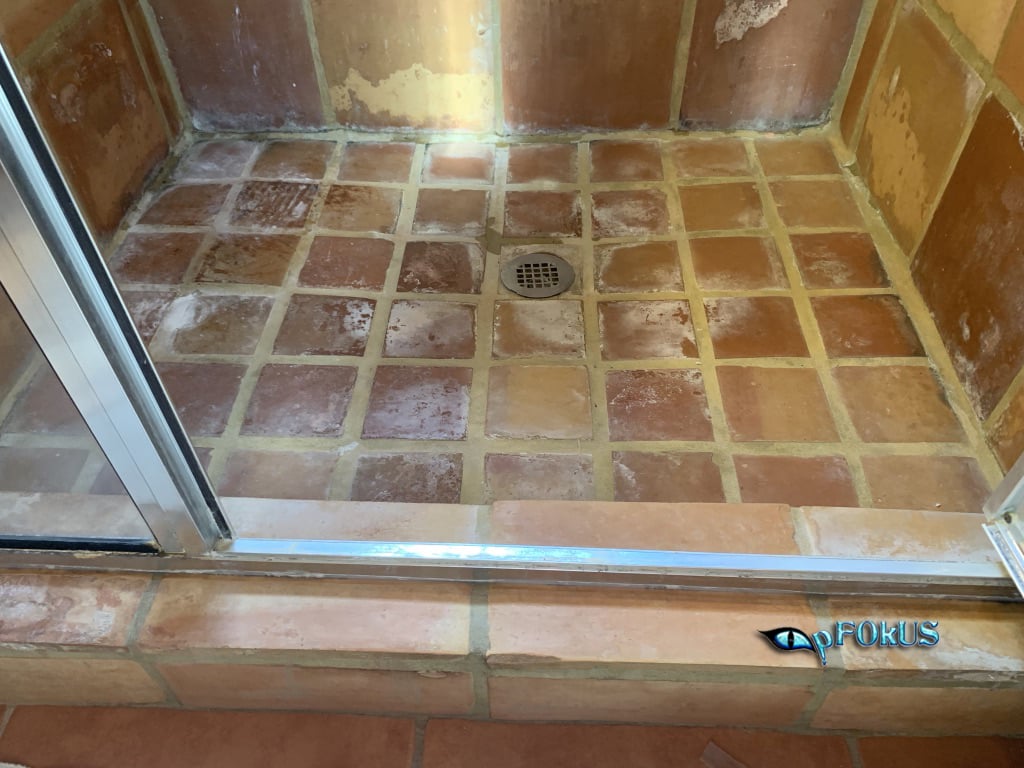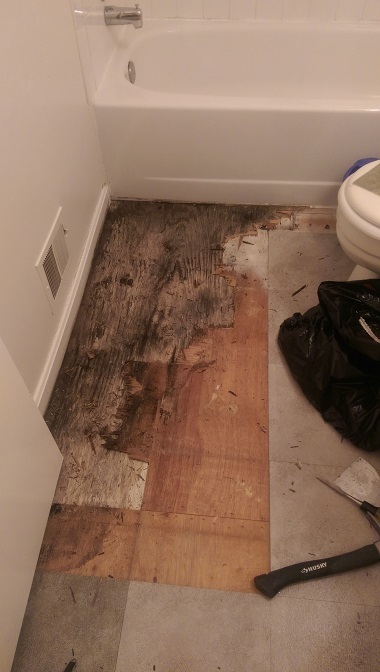Preventing Water Damage in the Bathroom
Schedule Service NowThe publisher is making several good points on the subject of How to Fix a Water Damage Bathroom as a whole in this post following next.

The shower room is very susceptible for moist accumulation and potential water damage due to the frequent use water in it. This write-up uses easy evaluation techniques to aid finding water damages risks.
The frequent use water in the shower room makes it extremely at risk for wet build-up and possible water damages. By examining it regularly, you can lower water associated damages.
The adhering to collection of evaluations is very easy to do as well as should be done as soon as in every three months in order to maintain your shower room in good shape and also to prevent possible water problems caused by the bath tub, the shower, pipe joints and plumbing, sinks, cupboards, and also the toilet
Do not forget doing these evaluations and also be extensive while performing them. Bear in mind that these simple examinations can save you a lot of cash by offering very early indicators for water damages
Sinks as well as Cabinets
Sinks as well as cabinets are subjected to moisture as well as moisture everyday and also are typically forgotten. Examine regularly under the sink as well as on the kitchen counter above it. Fix any drip in the catch as it might suggest drainpipe problems. Browse the sink, slow draining pipes might indicate an obstructed drainpipe. Replace sink seals if they are split or loose.
Tub and also Shower
The shower and tub call for special interest and also maintenance. Inspect the floor tiles and change if fractured. Ensure that there is no missing out on cement between the ceramic tiles. Evaluate and replace split caulking at joints where the wall surfaces meet the floor or the bath tub. Obstructed drains as well as pipelines troubles will prevent the tub from drying out and may suggest significant problems below the bath tub. Consult with an expert quickly to prevent architectural damages. Pay attention to discolorations or soft locations around the bathtub walls as they might show an internal leak.
Plumbing
Signs for water damages are tough to detect considering that the majority of pipes are installed inside the wall surfaces.
Pay unique focus to flooring as well as wall surfaces dampness and stains as they may suggest an unseen plumbing problem. Check wetness degrees in adjacent spaces also.
The Commode
The commode is a vulnerable water junction. Inspect the water lines as well as search for leakages around the commode seat, in the tube, and under the water tank. If you spot any type of indications of dampness on the flooring around the commode, look for leakages in the toilet rim and tank seals.
Realize that hanging bathroom dish antiperspirants enhances the possibilities for obstructions.
Water Damage Signs In The Bathroom To Avoid Cleanup
Musty smell
This is one of the easiest signs to catch because musty smells are so odorous. The damp, earthy, moldy smell should be a big red flag. The smell will develop when moisture gets trapped in surfaces, and begins to facilitate mold growth. Leaking pipes under cabinets, inside walls, and behind shower fixtures will cause moisture to stay trapped and not dry, which will lead to mold growth and spread. As soon as you notice any musty smells in your bathroom, have it checked for hidden water damage and cleanup signs.
Visible mold
If the smell isn’t there to give it away, sometimes you will actually see mold growth. Finding mold in your bathroom is a serious problem, because mold is very harmful to your health. By the time mold growth is visible, it also means that water damage has already occurred and been present for some time. The only way the mold problem can be resolved is to find the source of the moisture and get it stopped. To safely and adequately remove mold, you need to have professionals handle the remediation. Do not waste any time in getting mold problems addressed, fixed, and sanitized so that you can protect you and your family from the many respiratory symptoms caused by mold exposure.
Damaged floors
Bathroom floors should be able to withstand some exposure to water while still remaining in good condition. However, when excess exposure or water leaks occur, they will begin to damage even the most water-resistant flooring. If you notice any cracking, bubbling, staining, or warping on your bathroom floors, there is probably a water leak somewhere causing the distortion. If you notice areas of the floor have become softer, or even have a spongy feeling, there is probably damage to the subfloor. Subflooring is typically made up of plywood. When plywood is exposed to water or moisture, it will absorb it. Once it has become saturated, the weight of the excess water will cause the wood to swell and soften. Check the floors in your bathroom frequently to catch any of these sings before they lead to damaged subflooring.
Changes on walls
When water leaks behind walls, it will cause changes in the drywall. Peeling plaster, blistering paint, and soggy wallpaper are all good indicators that excess water is building up behind the wall. Water leaking behind drywall will cause it to swell and be soft to the tough. If you start to notice gaps along the trim of your walls, or where tile meets the wall, it could also be a strong indicator that there is a leak behind the wall. Any changes, distortion, or damage on the walls should be evaluated as soon as you notice it to prevent further water damage and cleanup.

We had been made aware of that report about Looking for Signs of Water Damage in the Bathroom through a friend on our other blog. If you please take a moment to promote this post if you enjoyed it. I value reading our article about Looking for Signs of Water Damage in the Bathroom.
Book My Estimate